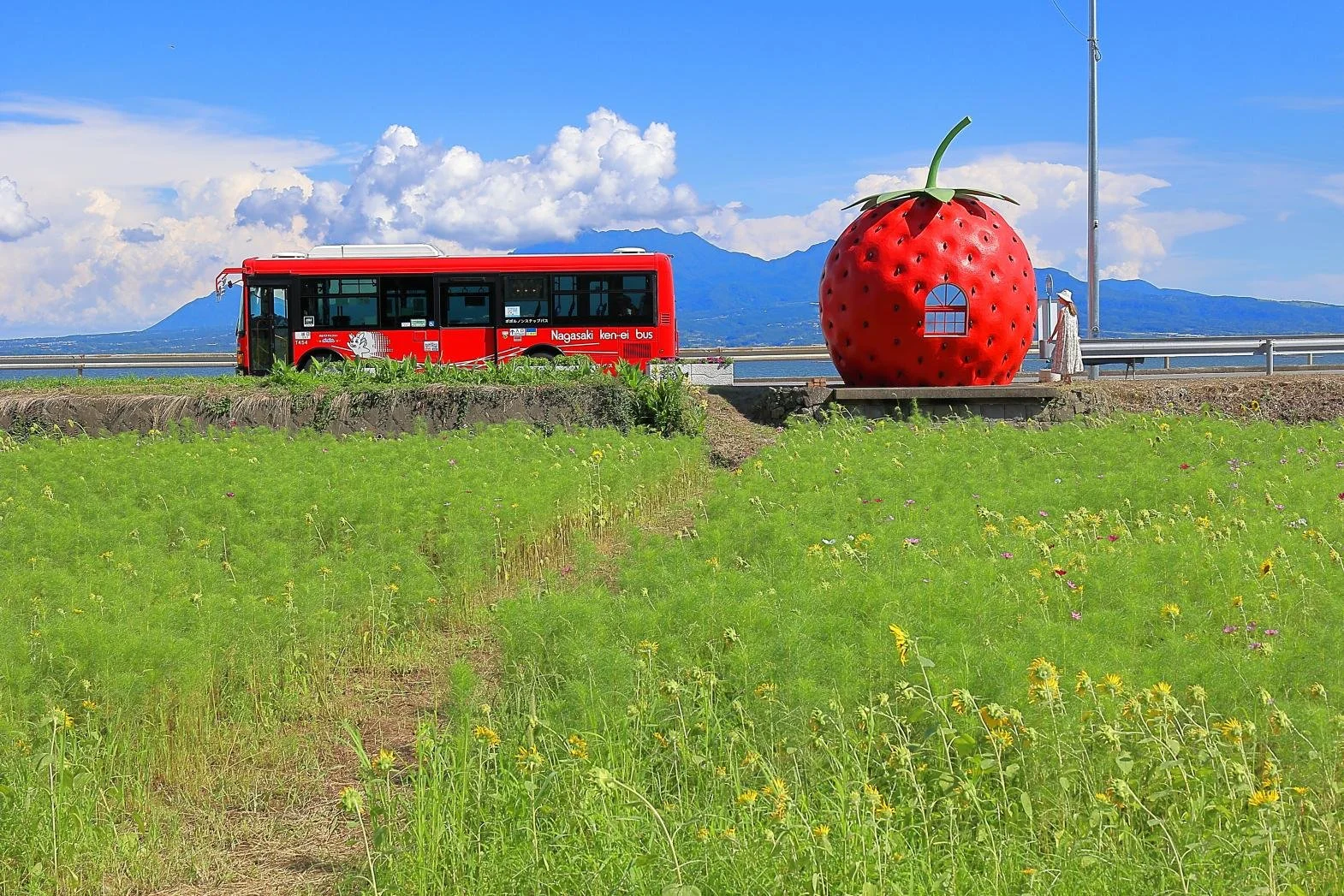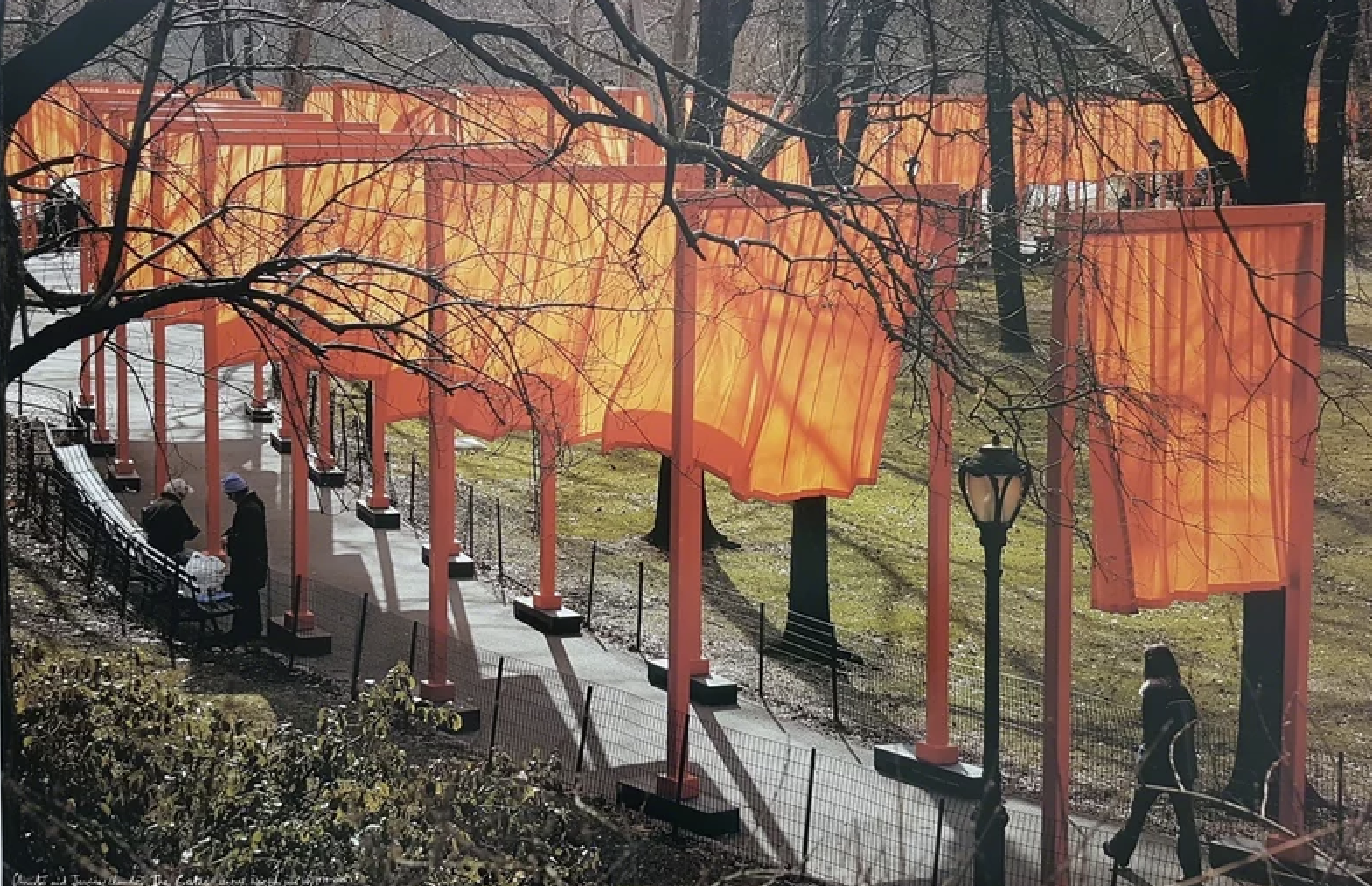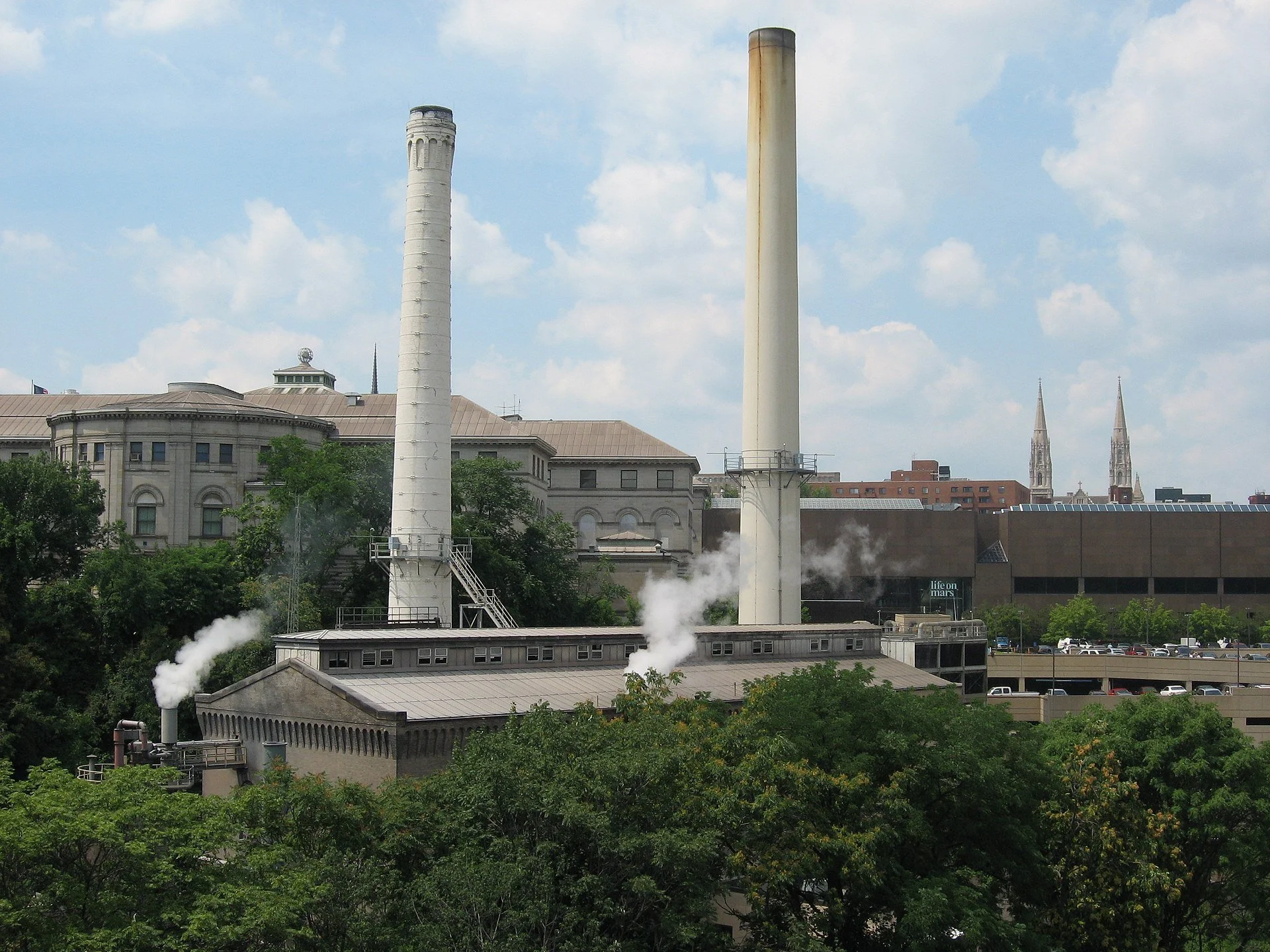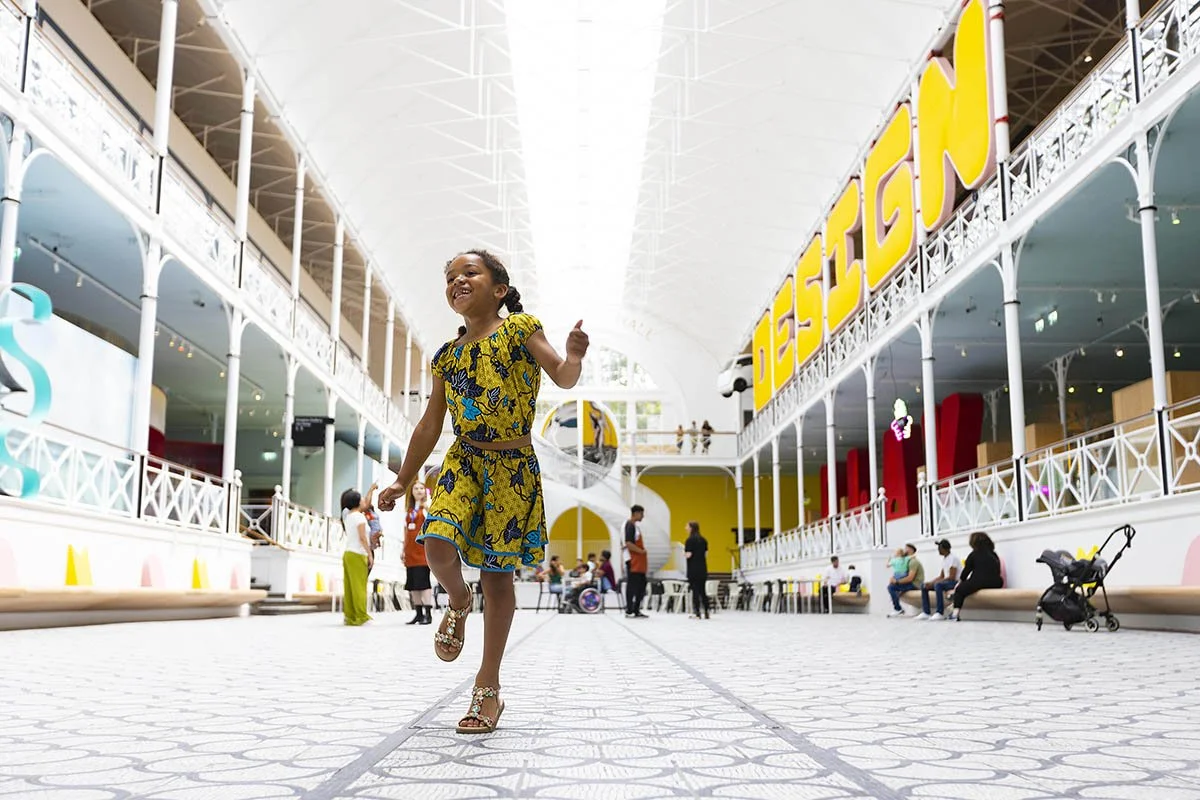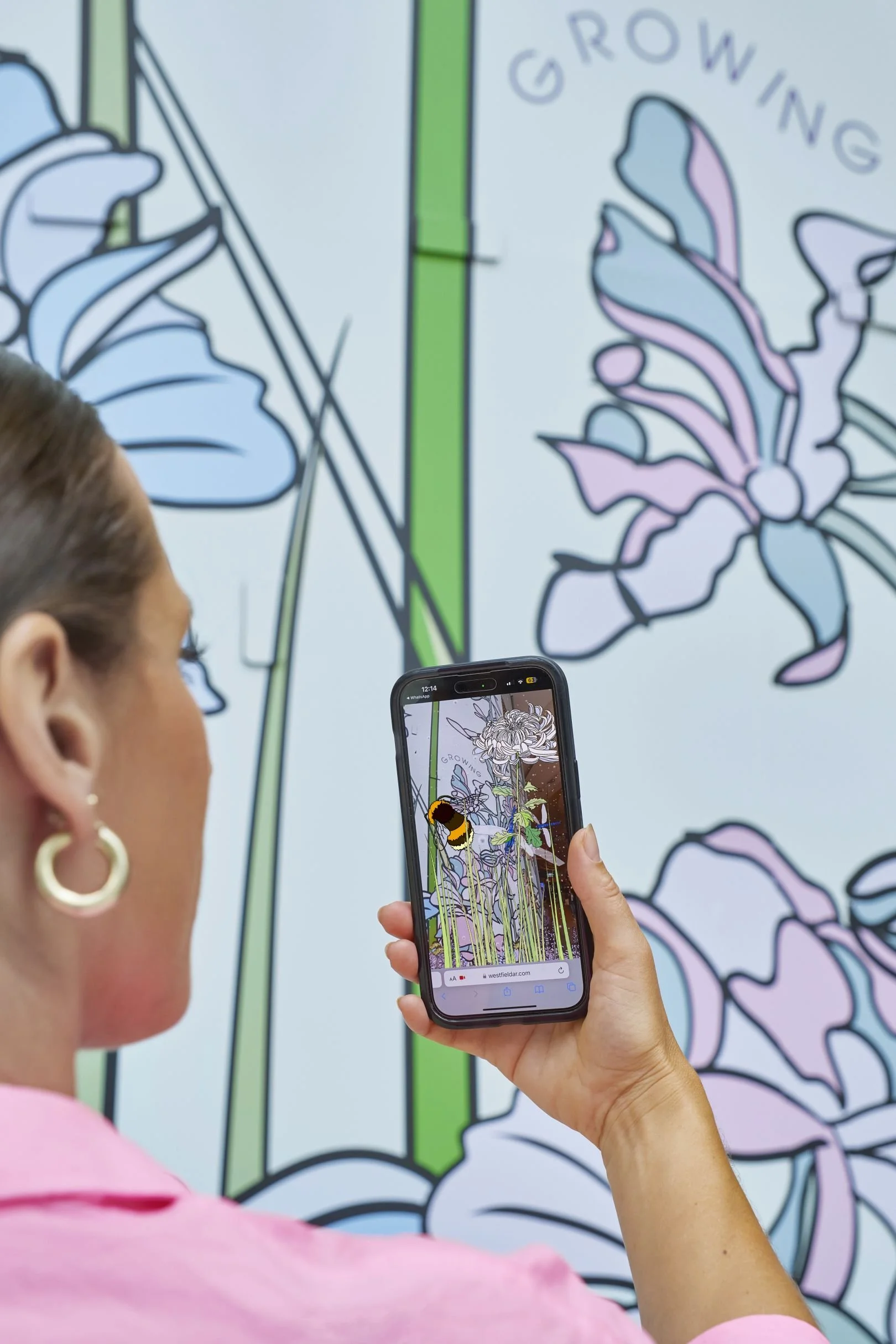When bus stops are transformed from sterile slabs of concrete to works of site-specific art, they become arteries for cultural expression. This success is critical to the growth and overall health of communities, not just in the United States, but around the world. By connecting residents to their own cities, both literally and creatively, transportation authorities can become active cultural contributors. Could this approach work for Pittsburgh's Wilkinsburg borough?
Three Case Studies Intersecting Sustainability, Public Art, and Urban Planning
This study looks into the role of public art in the urban design process, seeking to provide insights as to how public art can intentionally be used in the urban design system to achieve the goal of sustainability. The overarching question of this research is what the purpose of public art is. As a strong visual piece inside cities, usually, on a comparatively larger scale, public art has a strong visual impact on the audience. Thus, what kind of information will be delivered to the audience? While the concept of sustainability, or, more specifically, urban sustainability, can be incestigated with various concentrations, it generates the question of what kind of urban planning governments or professional organizations are using to achieve specific sustainable issues. Is there any relationship between the purpose of public art and the method used by urban design for sustainable purposes?
Defining Public Art and How it Can Interact with Sustainability
When putting the keywords two ‘public art,’ ‘sustainability,’ or ‘urban planning’ into a an internet search, there are plenty of results about articles, research, or press releases. However, when typing all of them together, there are no results relating those three concepts together, yet public art can serve as a key player in urban design for sustainability. This Part One article will dive into the specifics of public art concerning urban design, planning, and sustainability while the Part Two article will dive into specific case studies concerning cities who have implemented sustainable public art plans.
Energy, Innovation, and the Role of Cultural Institutions
Investment in cultural facilities can be transformational within communities, and not just through the services they provide, the jobs they create, or the money channeled into the local economy. Cultural facilities can have tangible impacts on a community’s built environment and energy systems. To evaluate this complex relationship, it is useful to use a case study. This article focuses on the city of Pittsburgh, Pennsylvania - specifically, the Oakland neighborhood.
Blockchain Technology for Climate Action in the Arts
Arts and cultural organizations are becoming increasingly aware of their climate impact, and many are taking action to reduce harm. Tracking, reporting, and offsetting emissions may seem like an overwhelming feat for small or mid-sized organizations, but emerging blockchain technology may help make the process more efficient and reliable.
Takeaways: MuseumNext Green Museums Summit
The MuseumNEXT Green Museum Summit, held February 26 and 27, hosted a variety of speakers from museums and cultural organizations across the globe, each which shared their unique experiences in conducting sustainability work within their organizations. In this article, Lead Researcher Hannah Brainard reflects on her experience attending the Summit and her main takeaways.
Calculating and Reporting Emissions in the Arts
The planet is experiencing the impacts of climate change, and global leaders are prioritizing critical action. In 2015, 196 countries signed the Paris Agreement, which committed to keeping global temperature rise well below 2 degrees celsius above pre-industrial levels (Paris Agreement). It further prioritized keeping temperature rise below 1.5 degrees celsius, the level at which scientists predict the most severe and irreversible impacts may be avoided. To remain below this critical threshold, greenhouse gas emissions must peak before 2025 and be reduced by 43% by 2030.
Evolving Applications of AI and VR in Art Conservation, Preservation, and Reconstruction
The field of art conservation has long been a community of highly specialized and skilled professionals, often whom have dedicated hundreds of hours to understanding meticulous processes and materials. They are entrusted by institutions and the public to preserve and protect pieces of culture and history- works which often occupy fragile and delicate states for the remainder of their existence. Many of these pieces have lived long periods of time, having witnessed conflict, cultural changes, and geopolitical events over the course of history.
AR Public Art & Climate Intervention
AR artwork is moving away from dependence on commercial or scientific success and artists have more freedom to create place-based artworks without necessarily having permission or costly materials. As a result, artists are stepping into the AR public art space to tell stories, respond to inequity, and shift behavior for positive social impact.
Climate Change: How Museums and Artists Are Changing The Narrative
Art serves various purposes, ranging from aesthetics, to therapeutic uses, to avenues for making powerful statements – including meaningful contributions to the conversation on climate change and climate advocacy. Here’s how some museums around the world are partnering with artists to use their voice surrounding climate advocacy through installations of art and technology.






